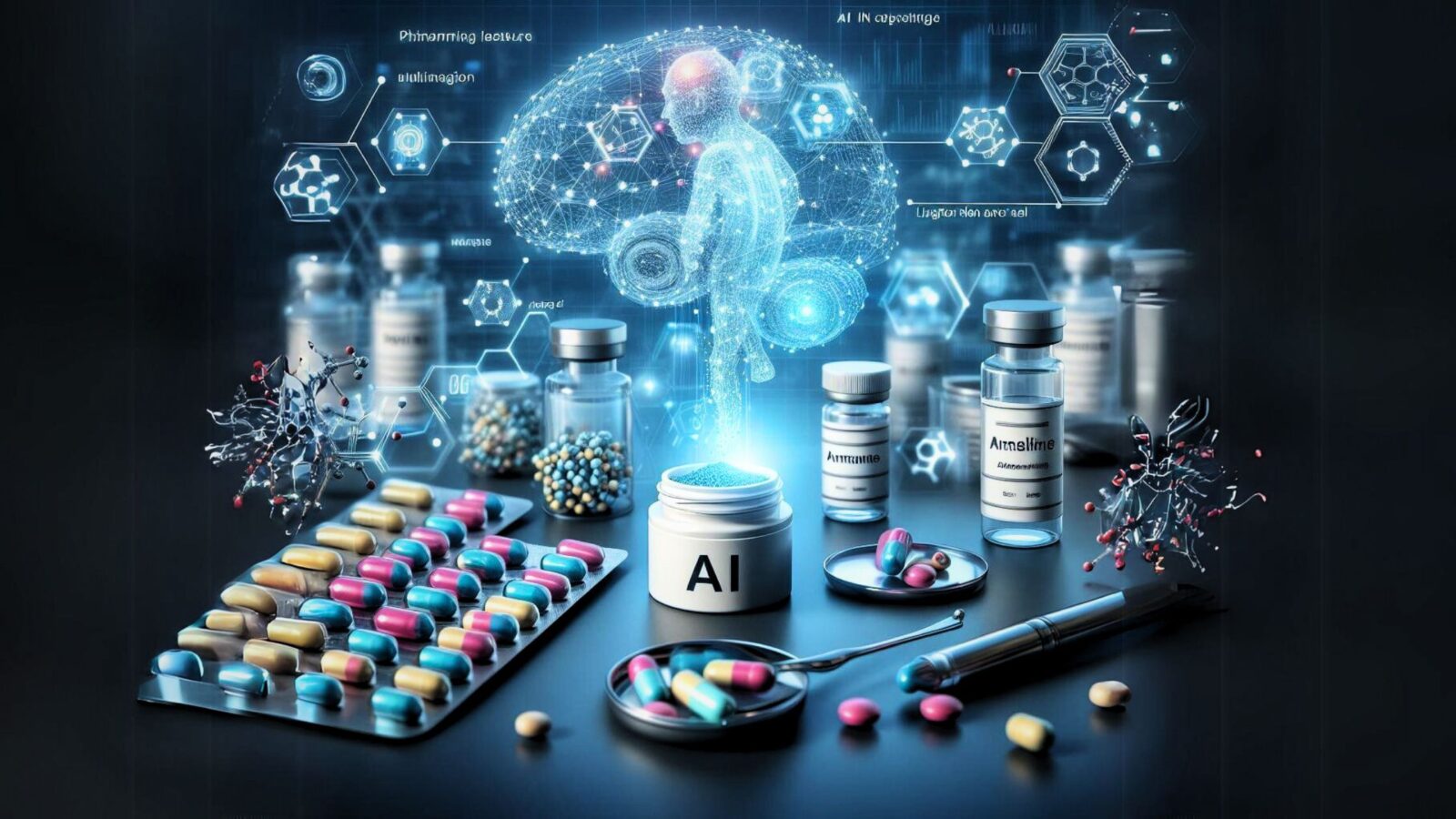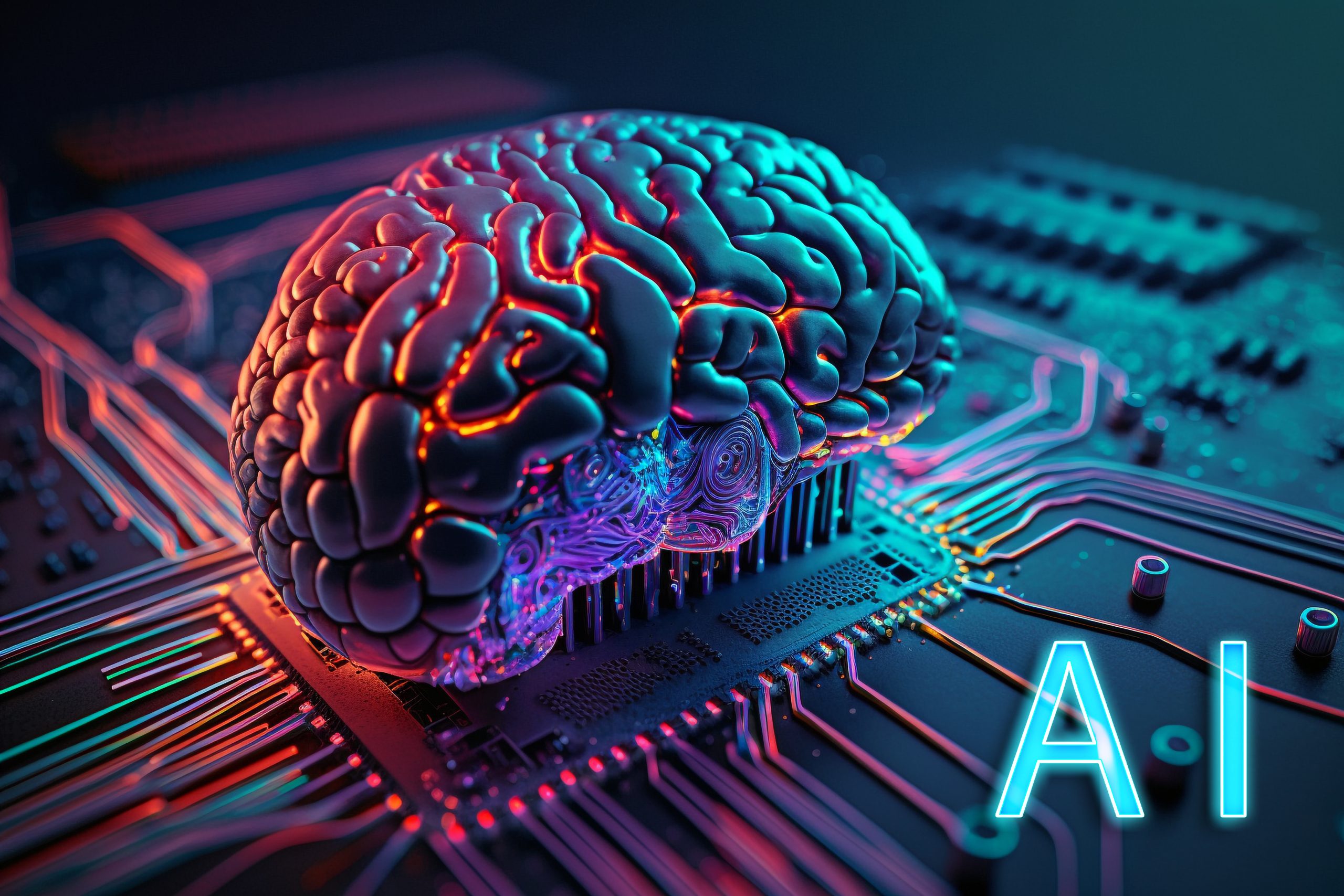The Rise of 5G Technology Revolutionizing diligence and Transforming Experiences
1. Description and Overview of 5G Technology
The fifth generation of wireless communication technology, or 5G, is a ground-breaking development that has the potential to completely change the way we work, live, and engage with the world. Compared to 4G LTE, it is a major advancement, providing greater network capacity, reduced latency, and quicker data rates. With the potential to enable previously unthinkable new applications and services, this cutting-edge technology has the potential to completely transform a number of sectors.
2. Significance of 5G in the Modern Digital Landscape
In the current digital era, where connectivity is critical, 5G technology is expected to have a significant impact on how people communicate and trade data in the future. There has never been a greater need for faster and more dependable networks due to the exponential proliferation of connected devices. These expectations should be satisfied by 5G, which will allow for smooth connectivity, instantaneous data transfer, and improved user experiences for a variety of applications.
What are the crucial features and advantages of 5G technology?
1. High- Speed Data Transfer
One of the most significant advantages of 5G technology is its capability to deliver unknown data speed, far surpassing those of former generations. With theoretical peak data of over 20 Gbps, 5G networks will enable lightning-fast downloads, flawless streaming of high- description content, and near-immediate transfer of large lines.
2. Low latency
Previous generations of wireless technology have faced considerable challenges due to latency, or the delay in data transfer. With reaction times as short as 1 millisecond, 5G offers ultra-low latency to solve this problem. For applications like remote surgery, driverless cars, and immersive virtual reality experiences, which demand real-time responsiveness, this astounding reduction in latency creates new opportunities.
3. Increased Network Capacity and Connectivity
With the proliferation of connected bias and the growing demand for data- ferocious operations, network capacity has become a critical concern. 5G technology addresses this challenge by exercising advanced antenna technologies and advanced frequence bands, enabling more effective use of available data. This increased network capacity translates into better connectivity, reduced traffic, and the capability to support a vast number of connected data continuously
4. Enhanced trust and Security
5G networks are designed with robust security measures in place, icing the protection of sensitive data and security. Advanced encryption methods and secure authentication protocols help alleviate the threat of cyber pitfalls and unauthorized access, furnishing a dependable and secure communication structure for businesses and individuals likewise.
How 5G is different from 4G?
1 -Speed
In theory, 5G will operate far faster than 4G. 5G download speeds can reach more than 10 gigabits per second in optimal circumstances. That’s 100 times faster than 4G, and it’s the kind of performance needed in a world that is getting more connected.
Even now, when 5G technology is still in its infancy, speeds are blazingly quick. Because they make new applications and services possible that weren’t previously possible, this speed and capacity are crucial.
With the TCL 30 5G smartphone, for instance, you can download a movie in a matter of minutes thanks to its 2.69 Gbps speed. On a 4G network, this takes about fifty minutes on average.
2- Latency
latency refers to how long it takes for your signal from your device(e.g., computer or smartphone) to reach its destination(e.g., website garçon). With low quiescence rates of around 20 milliseconds( ms) or lower between transferring an electronic communication and entering evidence that it has been delivered successfully the way; high quiescence rates increase threat factors similar as connection drops while gaming online or through videotape calling apps similar as FaceTime or Skype where delicacy matters most.
quiescence for 4G is on average 200 milliseconds, which is close to the 250 milliseconds it takes humans to respond to visual stimulants. still, 5G quiescence is mainly lower only 1 millisecond.
This huge vault will be critical in the development of new services and bias.
3- Connectivity Capacity
There are times when 4G struggles to handle a lot of devices at once. Some of us have experienced this when we’ve tried to use our phones in crowded concerts or sporting events. 5G solves this issue by precisely and intelligently broadcasting to every device, supporting up to 1 million devices per square kilometer.
This accuracy reduces 5G noise, which facilitates multiple device connections. The ability to connect more devices is essential, as the number of devices connected to networks rises annually.
By 2027, when the overall number of mobile subscriptions is expected to reach 4.4 billion, 5G will account for more than half of all subscriptions, according to the 2021 Ericsson Mobility Report. Compared to the estimated 660 million last year, this represents an increase. Over 80% of people on the planet had access to 4G by the end of 2020.
What are the disadvantages and challenges of 5G technology ?
While 5G technology offers multitudinous advantages, it’s essential to admit and address implicit downsides and challenges associated with its perpetration and adoption.
1. structure Costs
Planting 5G networks requires significant investments in structure, including the installation of new cell halls, small cells, and fiber- optical networks. This can be a expensive bid, particularly in pastoral or remote areas, potentially leading to difference in access and content.
2. Health and Environmental enterprises
Some enterprises have been raised regarding the implicit health and environmental impacts of 5G technology, particularly related to the use of advanced frequence bands and the increased number of cell spots. While exploration is ongoing, it’s pivotal to address these enterprises through rigorous scientific studies and adherence to established safety guidelines.
3. comity and Interoperability Issues
As with any new technology, there may be comity and interoperability challenges during the transition from being networks to 5G. icing flawless integration and backward comity with heritage systems is essential to minimize dislocations and insure a smooth transition for druggies and service providers.
4. Cybersecurity Risks
While 5G networks are designed with robust security measures, the increased connectivity
and complexity of these networks may introduce new cybersecurity plan. visionary measures, similar as regular security updates, trouble monitoring, and stoner education, are necessary to alleviate implicit vulnerabilities and cover against cyber pitfalls.
How operations and use cases across diligence have large impact of different business sectors ?
The transformative eventuality of 5G technology extends across diligence, enabling new operations and revolutionizing being processes. Then are some exemplifications of how 5G is anticipated to impact different sectors as below:
1. Healthcare
A- Telemedicine and remote patient monitoring
B- Real- time transmission of high- resolution medical imaging data
C- Enabling advanced medical technologies, similar as remote surgery and robotic healthcare
2. Manufacturing and Artificial robotization
A- Enabling smart manufactories and smart 4.0 enterprise
B- Real- time monitoring and control of artificial processes
C- facilitate easy tracking assets
3. Automotive and Transportation
A- Enabling independent and connected vehicles
B- Improving business operation and transportation effectiveness
C- Easing vehicle- to- vehicle(V2V) and vehicle- to- structure(V2I) communication
4. Entertainment and Media
A- Enabling immersive gests , similar as stoked reality( AR) and virtual reality( VR)
B- flawless streaming of high- description andultra-high-definition content
C- Enabling new forms of interactive and individualized entertainment
5. Smart metropolises and Internet of effects( IoT)
A- Enabling smart megacity enterprise and connected structure
B- Easing the deployment of large- scale IoT networks
C- Enabling real- time monitoring and operation of megacity services and serviceability
Are you looking for successful case studies and real- world exemplifications?
As 5G technology continues to roll out encyclopedically, colorful diligence and associations have formerly begun to work its capabilities, demonstrating its transformative eventuality. Please read carefully below two case studies :
1. Verizon’s 5G Ultra Wideband Network
Leading American telecom provider Verizon has led the way in the rollout of 5G technology. Their 5G Ultra Wideband network, which has been available in a few cities, allows for previously unheard-of speeds and little latency, opening up new services and applications. Verizon, for instance, has collaborated with groups such as the National Football League (NFL) to improve the fan experience by providing real-time access to game statistics and highlights along with immersive augmented reality experiences.
2. Ericsson’s 5G Smart Factory in Texas
In Lewisville, Texas, Ericsson, a leader in the world of telecommunications equipment and services, has opened a 5G Smart Factory. This cutting-edge facility uses 5G technology to support real-time monitoring, predictive maintenance, and automated guided vehicles—all examples of modern manufacturing processes. The plant acts as a demonstration of how 5G may revolutionize smart manufacturing and industrial automation.
Conclusion
5G technology, which offers previously unheard-of speeds, minimal latency, and expanded network capacity, is a paradigm leap in wireless communication. The benefits and revolutionary potential of 5G are evident, even though there are obstacles and possible negatives to be addressed. The way we live, work, and interact with the world around us will be completely transformed by new applications and services made possible by this technology as it spreads around the world. Early adoption of 5G by companies and organizations will give them a competitive edge, spurring innovation and influencing the direction of their respective sectors.


